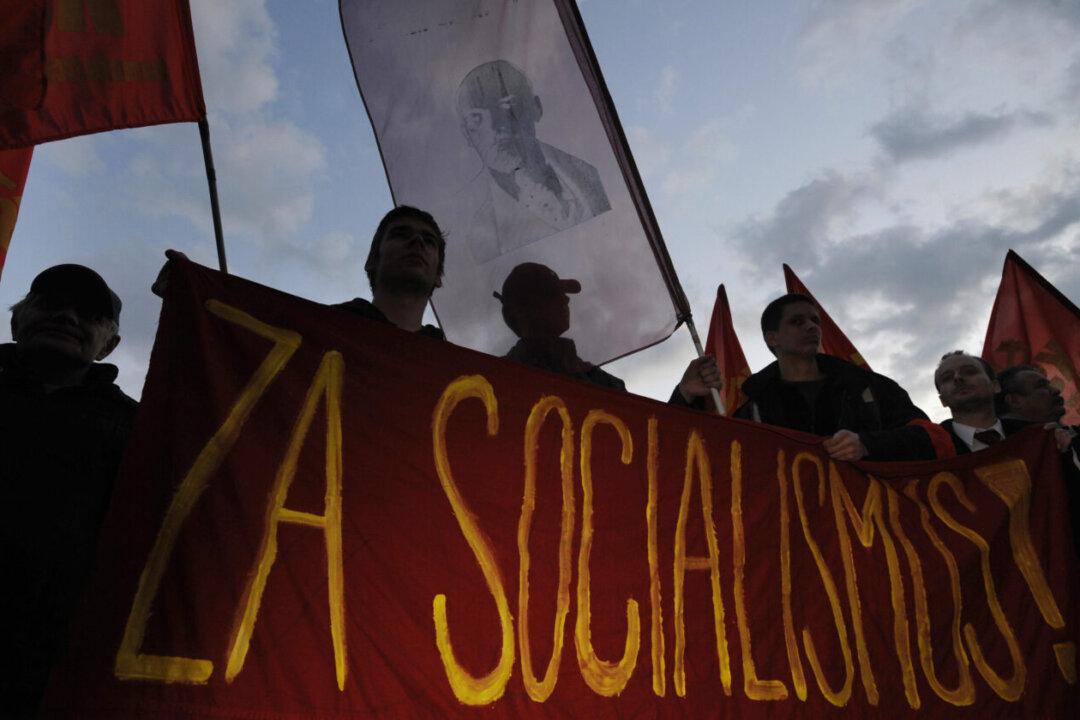People naturally look for a path to follow. During times ancient and modern, human beings have looked for a way forward to become healthier, happier, and better in all ways.
Communism is not a path that offers a way forward. A path can be judged by its fruits, and by the character of its leading figures.




